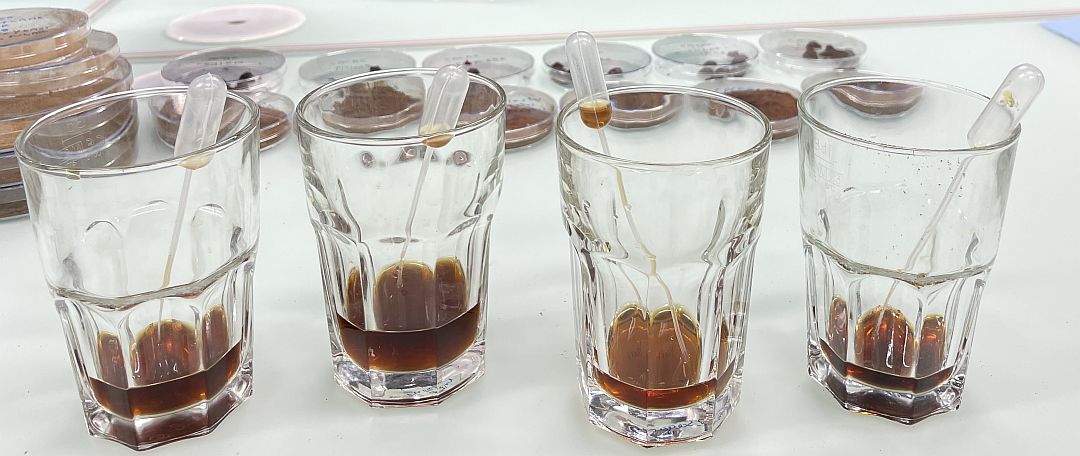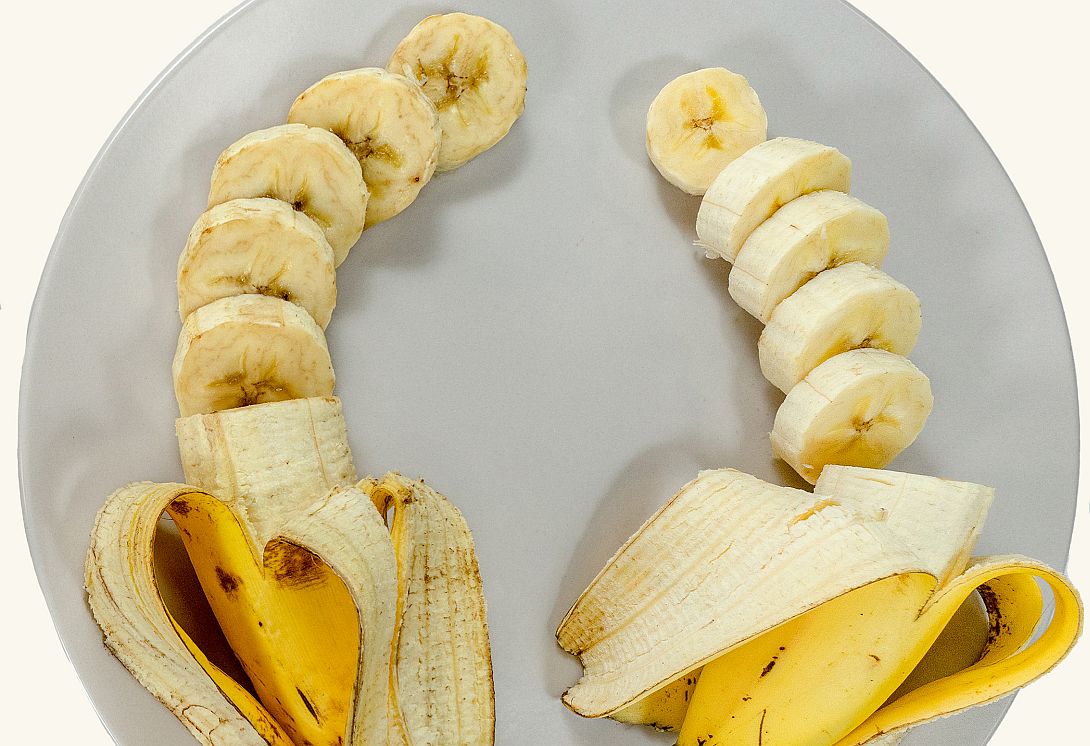This weekend the Ukrainian authorities admitted that the military hero dubbed the “Ghost of Kyiv” was fictitious. Ukrainian air force officials announced:
“Ghost of Kyiv is a superhero-legend whose character was created by Ukrainians!”
The authorities explained that the Ghost of Kyiv was “a collective image of pilots of the Air Force’s 40th tactical aviation brigade, who defend the sky over the capital,” rather than a single man’s combat record.
This origin story is as made up as the Ghost himself. He was not written into existence by “Ukrainians” but by the Ukrainian authorities. The Ukraine Security Service originally showed a fighter pilot on Telegram, with a caption calling the Ghost of Kyiv an “angel” for downing 10 Russian planes. The Ukrainian military released a photograph on Facebook of the Ghost of Kyiv in March 2022 with the caption, “Hello, occupier, I’m coming for your soul!”
His name evoked the dark hero of a fairy tale. His feats were exaggerated, gathering mythic status. Whereas an ‘ace’ might eliminate 5 enemy aircraft, the Ghost was reputed to have downed about 40 Russian pilots. He didn’t seem real. And now we know that he was a purposeful piece of propaganda. He emblemised wartime courage as Father Christmas does the spirit of giving.
I claimed on this substack that:
“the mythic hero stories of the ‘Ghost of Kyiv’ or the ‘13 signal guards of Snake Island’ were jarringly early and obviously confected.”
It is said that the first casualty of war is truth. Back in March, political scientist friends were quite sanguine about wartime propaganda when I asked whether they thought the Ghost was made up. They didn’t care too much one way or the other, it was to be expected in war, they said. Talking about it over dinner, my youngest son told me in a blasé fashion it was propaganda to boost the spirits. Did everyone know he was fake? Plenty of social media accounts daubed in Ukrainian colours shared the Ghost legend uncritically.
This has not been the only Ukrainian propaganda. (Of course there has been Russian propaganda too, but it’s not for this article.) BBC Breakfast used old footage of a Russian parade to show the invasion of Ukraine. It’s hard to see how it was used in error, but that’s the claim. An early, blurry video claiming to show a Ukrainian girl confronting a Russian soldier actually showed a Palestinian girl confronting an Israeli soldier. Billboards declaring “Be brave like Ukraine” were displayed in London, Rome, New York, Amsterdam, Washington and Stockholm.

The Ukrainian authorities produce slick Hollywood style videos in English, such as this one shared by Zelensky on Twitter:
A powerful campaign entitled “Stop Bloody Energy” – again in English, for us and the international audience – linked buying Russian fuel directly with funding the Russian war campaign and calls on us to stop financing terror and genocide. The masterfully produced but gruesome video includes real life footage of dead bodies. (Not necessarily verified.) The video is produced by Ukrainian energy companies. The irony is that every modern machine of war uses oil. (We’ve also never seen anything like this to persuade us of the immorality of buying goods from China which is arguably ethnically cleansing the Uyghurs.)
Ukrainian propaganda has been enthusiastically received. Social media avatars switched from masked faces to Ukraine flag colours overnight. Beyond the support which is natural and due to a country which has been invaded, I wonder if the enthusiasm also signalled the relief of having a good old-fashioned baddie. During Covid, we were all vectors of disease and potential ‘enemy agents’. Once more, the enemy is located in a distant snowy country with a red button at his fingertips. We can follow a war which pits us against Russkies, not our neighbours, families and co-workers, and sink into a fear which is familiar. It’s close, but not too close.
Human beings will always love legends. And propaganda boosts morale. But it also breeds chaos and mistrust.
We are constantly warned about the dangers of misinformation, by fact checkers, BBC disinformation specialists, the government and various concerned busybodies. The Online Safety bill is constructed partly around this purpose. There are social and professional penalties for spreading misinformation.
So it is interesting that this admission of fiction has passed without judgement. In fact, a BBC news story about the Ghost of Kyiv story is remarkably forgiving. It condescendingly explains that legends are “not surprising”, “there is plenty of room for embellishment”, heroes enter “national mythology”, and it quotes Justin Crump of the security consultancy Sybilline, who says the Ghost of Kyiv legend is important because in our social media age “people need myths, heroes and legends, to provide cohesion and meaning”.
This leniency is entirely at odds with the hard and proactive line we have come to expect about misinformation. It effectively endorses a government making up the Santa Claus of fighter pilots. And that relegates us to infants, credulously agog.
The Ghost of Kyiv may have been coming for the occupier’s soul, but propaganda comes for everyone.
If the early and flagrant Ukrainian propaganda made me uneasy, the upfront admission of deception is a new plot twist. Who would have thought that a government would ghost its own propaganda during the war.
There is a war in Ukraine. As ever, there is a war on truth and a war for our minds.
Please subscribe to support this substack and my writing.
Source link
Author Laura Dodsworth







